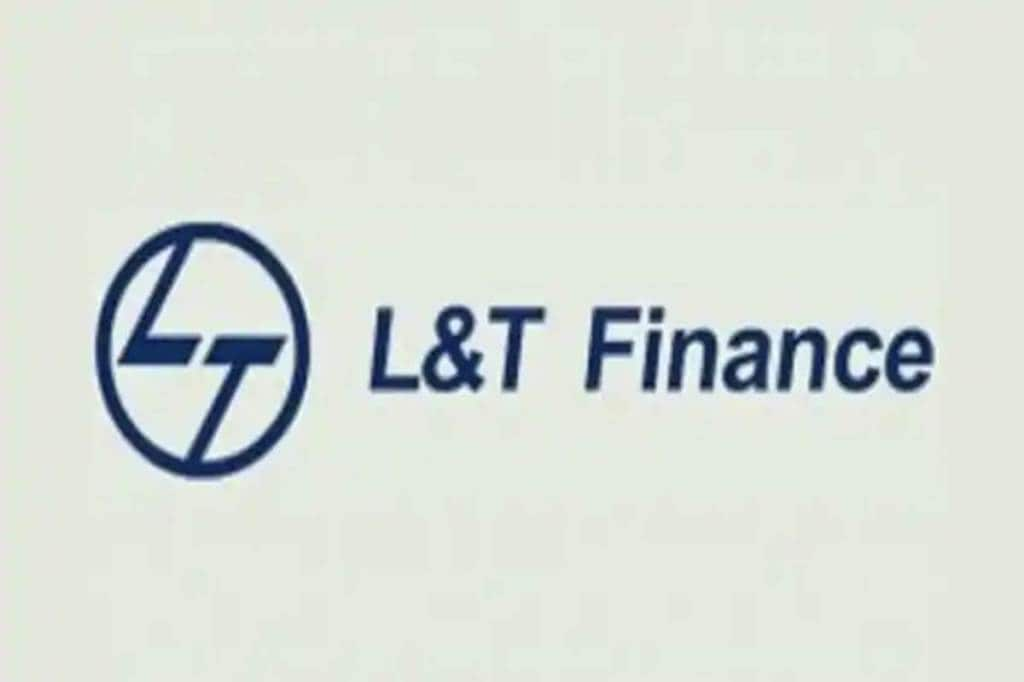Management in the analyst meet highlighted focus on select businesses and reallocation of capital towards better quality assets (rural, home loans). Headline asset quality improved, but lumpy exposures like IL&FS (Rs 18 bn) and Supertech (Rs 8 bn) remain standard and under-provided. However, it has created macro provisions of Rs 3.5 bn (Rs 2.6 bn for rural and Rs 0.9 bn for housing) for unanticipated risks.
LTFH has witnessed some slowdown in growth rate but margin, asset quality and return ratios have been protected. Lumpy exposures to IL&FS and Supertech still pose challenge (and we will be watchful of the same). The current valuation of ~1.4x FY21E P/ABV offers decent risk reward and the strong parentage of L&T will help tide over current liquidity and NBFC crisis. LTFH is geared to launch SME business loan in FY20 (which won’t be loan against property). Financial track record, transaction behaviour and increased bureau penetration would make this product successful.
LTFH targets an asset mix of 30-35% in each business segment (rural, housing, wholesale). To manage asset quality better, LTFH plans to tighten project finance norms. Post ILFS episode, SPV structure is not under question. Wind power exposure in five states where pricing considered is below contractual price under PPA. Cross selling is gaining traction —product per customer has moved from 1.7x to 2.7x and expect further growth. Increasing usage of data analytics to focus on new credit customers.
For tractors, zero DPD mix has increased from 50% to 80%, which is quite healthy on a large portfolio. Interest deferral on ILFS exposure is in reference to stressed classifieds SPVs which has been put on standstill. There is sufficient money flowing, but has been locked which could only be used to meet opex. Expect Rs 420 m interest deferral for each of next two quarters. Segments like real estate and infrastructure financing are being done in a much calibrated manner. Focus is on good quality developers, renewables and operating roads.


